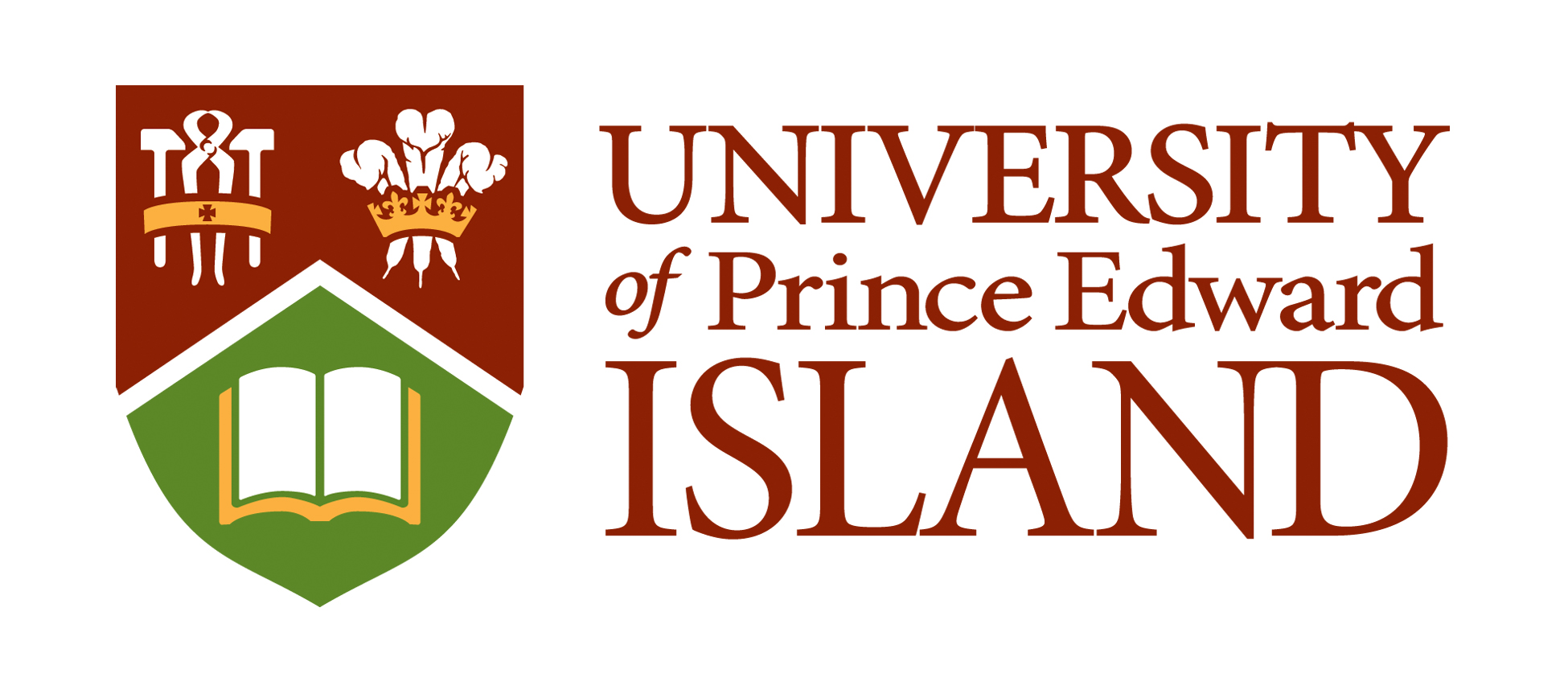2015 CMS Summer Meeting
University of Prince Edward Island, June 5 - 8, 2015
- DARIO BROOKS, Dalhousie University
The equivalence problem and three-dimensional Szekeres metrics [PDF]
-
The problem of determining whether or not two mathematical objects are the same under a change of coordinates has been of interest to mathematicians for several centuries. What was originally of interest to pure mathematicians, the question of equivalence of mathematical objects has become of concern to applied mathematicians, physicists, and most recently computer scientists. Applications of the problem have found themselves in areas such as differential equations, Lagrangian mechanics, general relativity, Lie theory, differential geometry, and many others. In this talk, I will first give an introduction to the equivalence problem, and illustrate some methods used to determine equivalence of objects through the presentation of several digestable examples. I will then discuss the problem in differential geometry concerned with determining equivalence of (pseudo)-Riemannian manifolds, and give an overview of my most recent research where I am concerned with obtaining a local invariant classification of 3-D Szekeres metrics, a class of solutions to Einstein's field equations of general relativity. Time permitting, the aim is to introduce Cartan's method of moving frames, a powerful tool used by both geometers and relativists.
- KYLE BRYENTON, UPEI
On the Darboux-Crum Transformation and Supersymmetric Quantum Mechanics [PDF]
-
In 1882, French mathematician Jean-Gaston Darboux studied the Sturm-Liouville problem, and developed what is known as the Darboux transformation. Many years later, the Supersymmetric method was developed independently to assist in solving the Schr\"{o}dinger equation. Upon careful inspection the underlying mathematics beneath these methods appear to be one and the same. William Leonard Crum expanded on Darboux's result in 1955, where he considered the repeated application of the transform to generate entire classes of differential equations with exact solutions. The implications being that Crum's method may yield interesting results when applied to quantum mechanical systems. In this talk these three methods will be introduced, in addition to showing their resulting transformations when applied to the Hermite differential equation and the Hulth\'{e}n potential.
- EMMA CARLINE, Dalhousie
C*-algebras of the 1-D crystal groups: Initial explorations [PDF]
-
There are two 1-D crystals. We may form $l^1(G)$ and $l^2(G)$ where $G$ is the symmetry group of the crystal.
If $\lambda: l^1(G) \to \mathcal{B}(l^2(G))$ is defined by $\lambda(f)(g) = f*g \quad\forall g \in l^2(G)$, then $\overline{\lambda(l^1(G))}^{\mathcal{B}(l^2(G))}$ is the reduced C* algebra of G, denoted $C^*_r(G)$. The goal is to give a full description of $C^*_r(G)$ for each crystal.
- LEAH DUFFETT, Mount Allison University
The Geometric Quantization of a Focus-Focus Singularity [PDF]
-
The goal of this project is to find the geometric quantization of a focus-focus system. The focus-focus system is named for the singularity it contains, called the focus-focus singularity. The system is a four-dimensional manifold which can be described in the form of a fibre bundle. The base space of this bundle is a plane, and its ordinary fibres are tori. The focus-focus singularity arises in a singular fibre that takes the form of a pinched torus, where the singularity is the pinch itself. The system exhibits monodromy around the singularity, meaning that similar cycles taken on tori over a cycle around the singularity in the base space are not always consistent.
Quantization is a process that takes a symplectic manifold and gives a Hilbert space. There are several different quantization methods, one of which is geometric quantization. Geometric quantization uses the geometric structure of the manifold to build the Hilbert space. Sheaf cohomology is one approach to finding the geometric quantization. The sheaf cohomology can be found using Čech cohomology, which is the method used in this project.
To find the Čech cohomology, a covering of the singular region was first constructed. Several versions of this covering were considered, with a goal of finding a covering for which the results can be easily generalized for finer coverings. The covering consists of 11 sets defined over 3 base space regions. The cohomology can be calculated using a parallel transport technique, and partial results have been completed.
- EMILY ROSTA, Cape Breton University
Existence of Weak Solutions to a Non-Linear Dirichlet Problem [PDF]
-
In analysis, it is common to consider the existence of weak solutions to equations which involve the Laplace operator. Often, the weak solutions to such equations live in Hilbert spaces, where results such as the Riesz-Representation Theorem can be easily applied to conclude existence of weak solutions (a well-known example is the Dirichlet problem for Poisson's equation). Proving the existence of weak solutions when working outside of a Hilbert space requires developing an entirely new set of techniques. In particular, my research has focused on weak solutions that live in specific Sobolev spaces that are not Hilbert spaces but, rather, are reflexive Banach Spaces. As such, this talk begins with a brief discussion of background material regarding functional analysis on reflexive Banach spaces. This will lead us to Minty's theorem, the tool used to conclude the existence of weak solutions to a non-linear Dirichlet problem. Specifically, Minty's theorem requires that an operator possess four properties: monotonicity, boundedness, hemicontinuity, and almost-coercivity. Each of these will be discussed in detail, making specific reference to the operator under scrutiny - an extension of the p-Laplacian.







